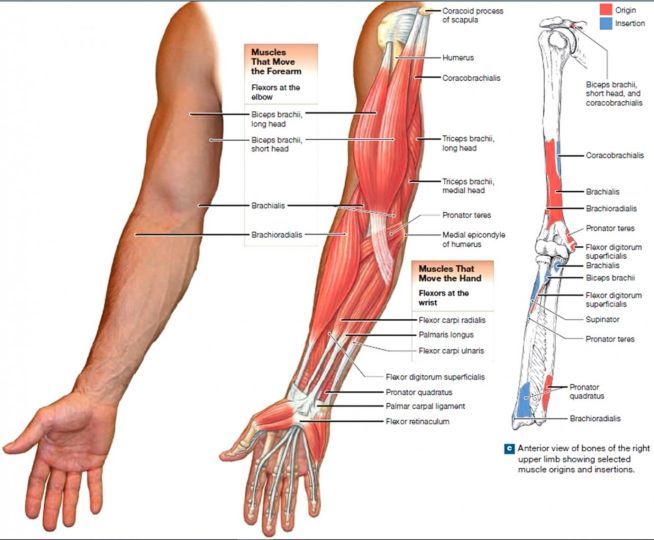Elbows, important yet neglected.
My latest run of articles focuses on joints and areas of the lower body that are neglected or at least taken for granted in our daily lives. I am leaving the lower half of the body for now and moving up to the elbow.
Like the knee, the elbow is a hinge joint, and its job is to enable the arm to flex and extend. Also, it supports the rotation of the forearm and wrist. Like the knee, it is a synovial joint surrounded by a capsule of synovial fluid that provides protection against wear and reduces friction.
Its elegant design is woven with ligaments around the joint capsule to provide stability and manage the daily stresses placed on the arm.
A critical junction
The elbow is a crossing point for many muscles. It is the insertion points where the muscles attach to the bone or tendons that make it prone to injury or acute or chronic pain. Chronic pain is built up with repeated impact, tennis or golfers’ elbow, or acute where the joint is forced the wrong way or twisted with enough force to damage the cartilage or ligaments.

If you consider the big muscles of the upper arm, which cross the elbow, biceps, triceps, it is easy to appreciate the possible forces generated, and while they are the big ‘guns’, they only play a part in the full range of motion of the elbow. The forearm muscles get less attention, and many cross at, or connect near, this vital joint and enable us to rotate the arm, flex and extend the wrist and wiggle the fingers. If you look at your forearm now and wiggle your fingers or rotate your arm, you will see some of those muscles in action. A lot is going on in there.
Therefore, it is highly likely that these muscles are always working no matter your lifestyle, including work.
Always working
The most likely are fingers that type; desk jobs and mobile phones. The daily chores and carrying shopping, luggage, children, the arms and the associated elbows, wrists and fingers are always involved.
Less likely is rotation. Think about your workday; how often is your hand the other way up. How often is your wrist moved beyond being in line with the forearm? I would imagine the percentage of time with the palm facing up is dramatically lower than when it is down. Unless, of course, a lot of time is spent messaging on a mobile phone, but that is a whole other pain in the neck, or maybe you are a juggler.
The lack of full mobility creates dysfunction, muscles tightness, stiffness and soreness, or tendon or nerve pain, commonly referred to as repetitive strain injury, trauma, syndrome. In the case of the arm, a familiar territory with office workers, or those who sit at computers for long periods.
When subjected to the same pattern for prolonged periods, any part of the movement system will adapt and, therefore, not work as well in all the ranges of motion for which the musculoskeletal system was designed for over millennia of evolution. Chronic pain is there to serve as a warning that something is not right; the Dr Janda quote on my home page puts it elegantly. Ignore the signals, and it could result in something much worse.
These pain signals show up as repetitive strain injury, syndrome, trauma, a topic I will offer an opinion on in the future.
Focus point
While this article focuses on the elbow, it is essential to state that the joint is part of a system, and any chink in that system could be the cause of the pain experienced in the elbow.
For example, any mobility, or stability, problems in the thoracic spine or shoulder may contribute. Focusing on the part, in this case, the elbow does not address upstream issues.
The Functional Movement System approach takes this into account by assessing various movement patterns from head to toe. It includes all joints, their active and passive range of movement and if the flow is impeded by the muscular, skeletal or motor control systems.
Pain Solutions
Pain and discomfort, in this case, elbow pain, can be addressed and made more comfortable, potentially eradicated, if responded to early enough by teaching techniques to manage and maintain good health and wellbeing that includes the whole system, not just the part.
If you have or are suffering from Tennis or Golfers Elbow and have tried Physiotherapy or Chiropractic treatments with little success, it would be worth having a quick assessment. Together we can see what other parts of your movement system may be contributing to the elbow pain because it may not be your elbow!
Take care,
Andrew